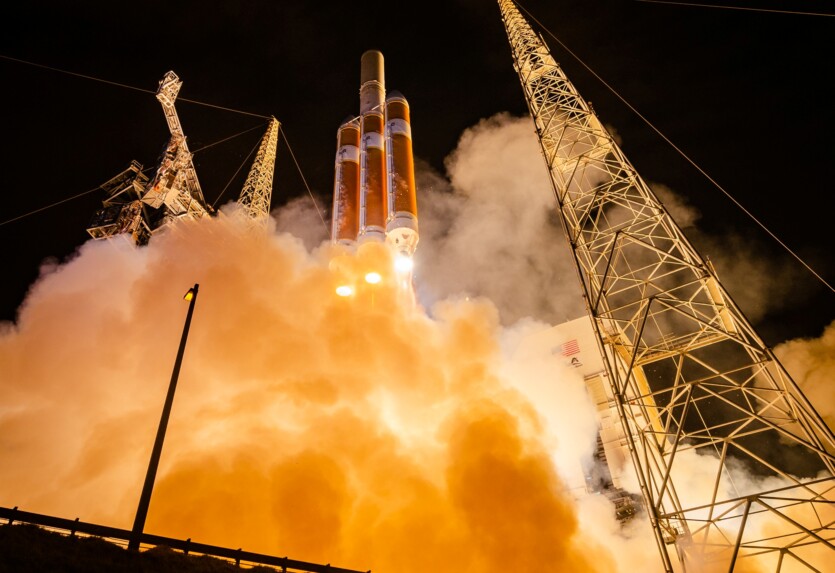
American engineers from The University of Alabama at Huntsville and The Ohio State University are developing rocket engine liquid uranium fuel for centrifugal nuclear thermal rockets (CNTR).
This technology aims to provide twice the specific impulse compared to chemical engines, which will allow for higher speeds and longer distances. As part of the NASA DRACO, nuclear thermal propulsion system (NTP) with a solid core aims to achieve a specific impulse of about 900 seconds, which is twice as much as in rockets with chemical engines, but it is half that of most ion engines.
At the same time A centrifugal nuclear thermal rocket uses liquid uranium instead of solid fuel to achieve a specific impulse of about 1.5 thousand seconds. This can significantly increase the speed of spacecraft while maintaining the same level of traction.
In this design, molten uranium is rotated at high speed in a centrifuge and heats the hydrogen to extremely high temperatures. Hydrogen gas is bubbled through superheated uranium and ejected through a nozzle for generating draft.
«The main difference between the CNTR concept and traditional NTP systems is that instead of using traditional solid fuel cells, CNTR uses liquid fuel, with the liquid held in rotating cylinders under the influence of centrifugal force», — the researchers explain.
However, the development of this class of rocket engine faces many challenges. According to development engineers, they have made progress in managing the engine’s nuclear reactions. In particular, the addition of erbium-167 is designed to help stabilize internal temperatures.
The researchers also point out that reaction byproducts, including samarium and xenon, can negatively affect the further fission of uranium atoms if not removed in advance. In addition, scientists are seeking to better understand how hydrogen bubbles move through uranium fuel.
According to the modeling results engine integration, we obtained a specific impulse of 1,512 seconds under ideal conditions. Achieving this in practice would require more centrifuges and higher rotational speeds.
Another problem is preventing leaks of uranium fuel through the nozzle along with hydrogen gas Significant uranium loss can reduce the specific impulse of the engine by up to two-thirds. The researchers propose to use dielectrophoresis to capture the vaporized uranium, aiming for a 99% recovery rate.
According to the developers, their concept is not yet at the stage of creating a full-fledged prototype and requires further modeling and optimization. Further research will focus on uranium loss and testing of the dielectrophoresis solution through laboratory experiments.
ULA pushes SpaceX aside: new Vulcan rocket approved by the US for security missions
The results of the study were published in the journal Acta Astronautica
Source: Interesting Engineering

Spelling error report
The following text will be sent to our editors: